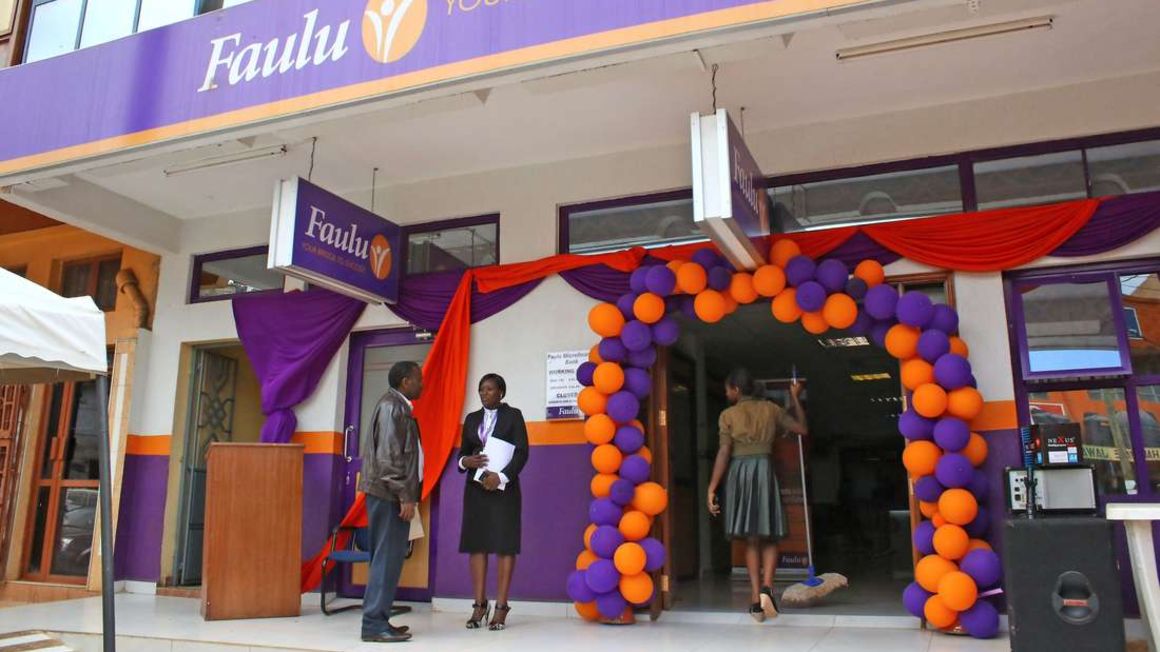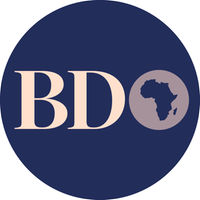
Faulu Microfinance bank in Nyeri. FILE PHOTO | NMG
Kenya’s 14 microfinance banks reported a combined loss after tax of Sh2.1 billion in the year ended December on low demand for credit by individuals and firms cautious about the economic fallout of Covid-19.
A new report by the Central Bank of Kenya(CBK) shows that only four micro-lenders reported profits, while the rest registered losses. The largest contributors were Kenya Women Finance Trust (KWFT) and Faulu Microfinance Bank, with Sh1.5 billion and Sh399 million respectively in loss after tax.
The micro-lenders have been in a loss-making streak since 2015 due to high defaults and competition from digital lenders. In 2019, they reported a loss of Sh339 million.
“The deterioration in performance of the sector was largely attributed to the effects of Covid-19 on the economy, leading to low uptake of credit, high level of non-performing loans (NPLs) and decrease in interest income,” CBK’s Bank Supervision Annual Report 2020 stated.
KWFT, Faulu and Rafiki banks controlled 81 percent of the market share.
However, Faulu’s market share grew by a percentage to 40.2 percent while KWFT and Rafiki saw their’s declined to 33.5 per cent and 7.2 percent respectively.
Micro lenders have concentrated their businesses in loans and deposits from the bottom of the pyramid, which was hit hardest by the pandemic due to loss of income.
In the past few months, the banks suffered higher credit risk leading to increase in NPLs and reliance on expensive borrowed capital, as well as reduced deposits.
NPLs last year jumped by 32 percent to Sh13 billion from Sh9.8 billion in the previous year, while interest from the loan portfolio fell by 11 percent to Sh9.9 billion from Sh11.2 billion in 2019.
The sector’s provisions for loan impairment increased by 219 percent from Sh539 million in 2019 to Sh1.7 billion.
“In addition, the sector spent more to cover staff costs, administrative expenses and finance costs, accounting for 29 percent, 19 percent and 24 percent of total expenses respectively,” CBK added.





No comments :
Post a Comment